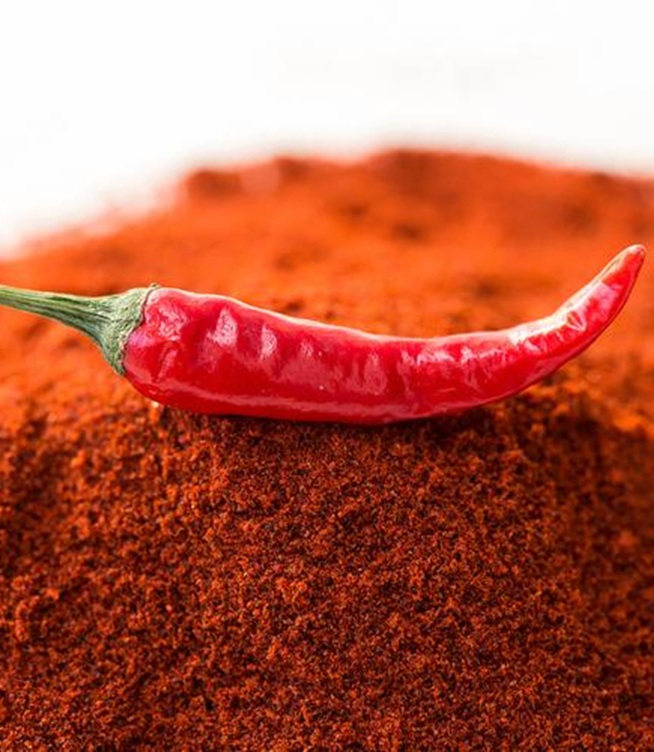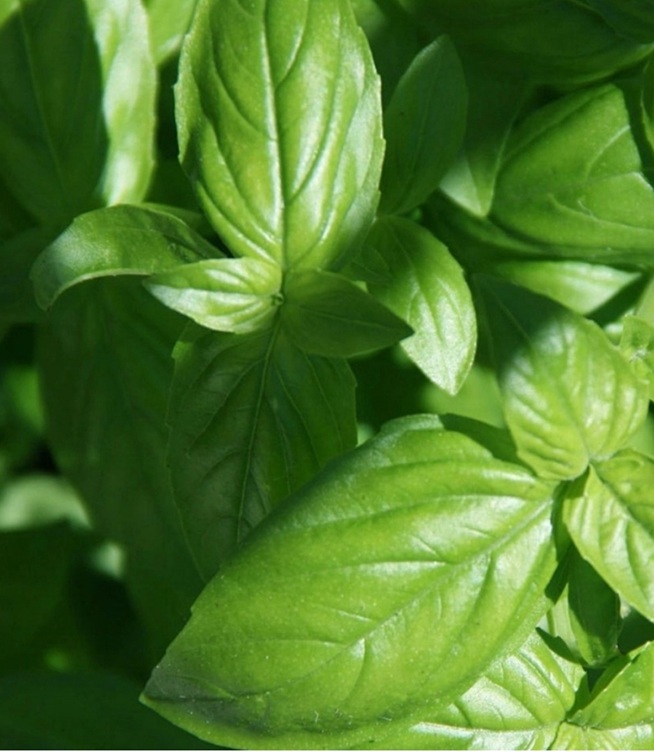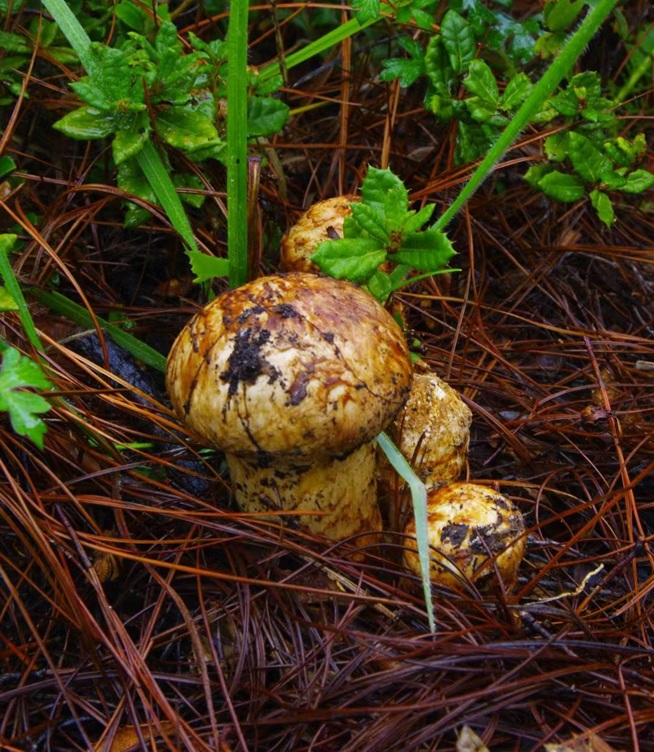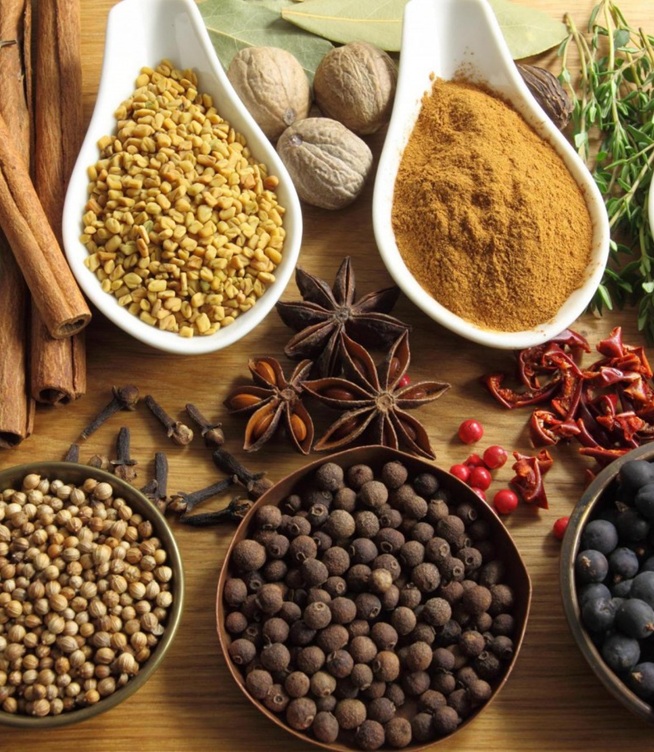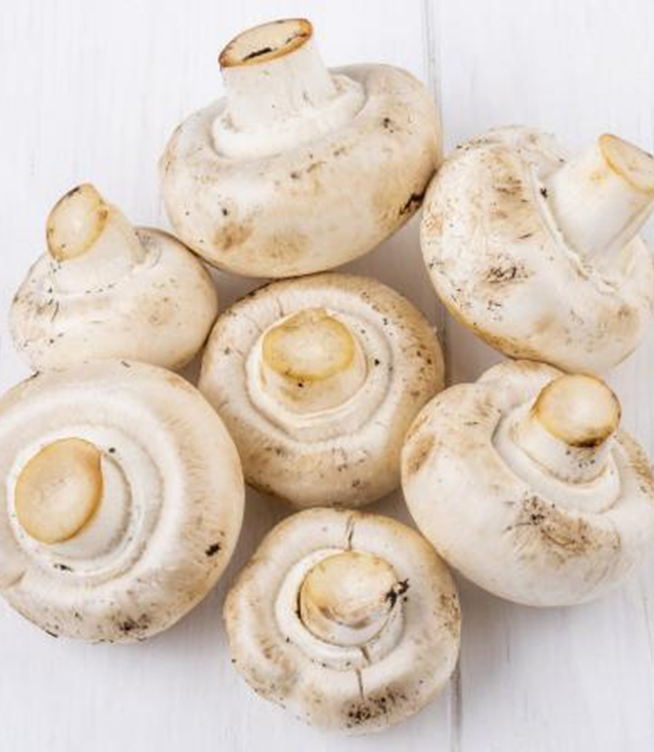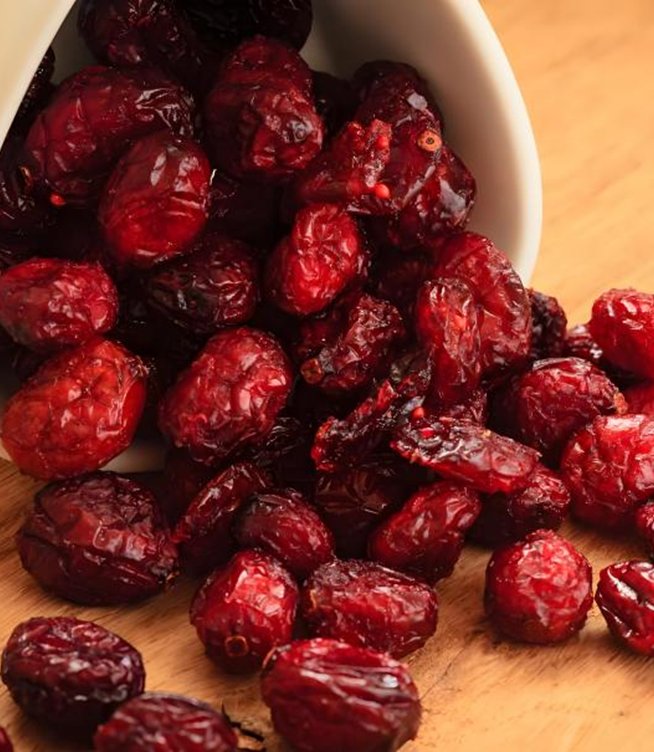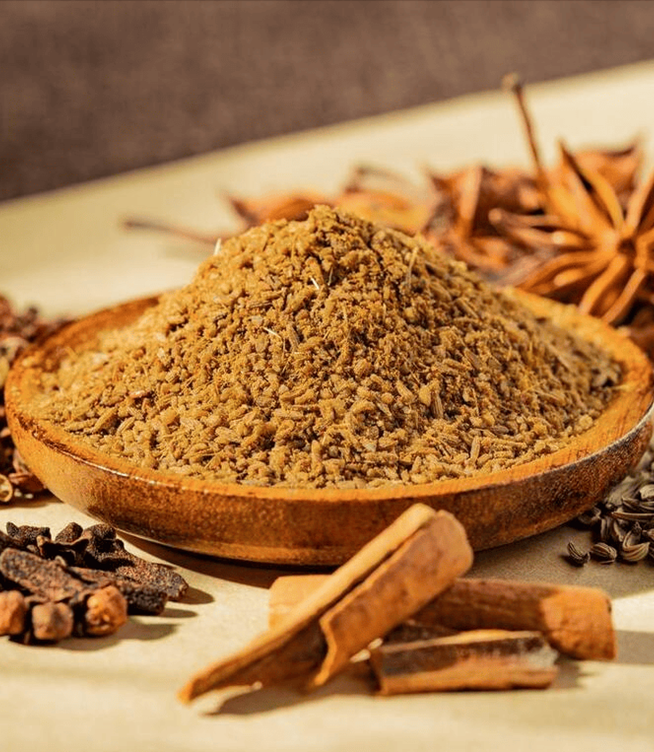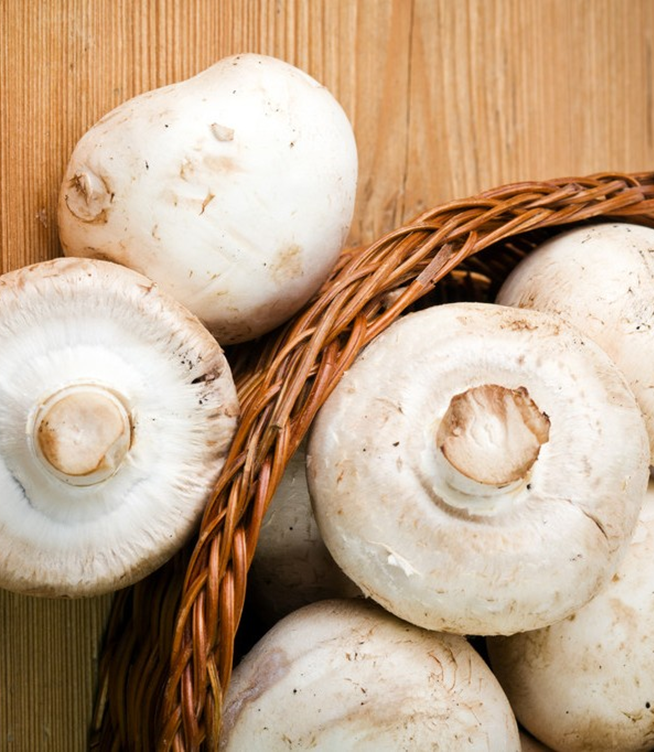How to Choose High-Quality Dried Mushrooms
Dried Mushrooms are increasingly valued by food manufacturers, culinary professionals, and ingredient importers for their rich umami flavor, extended shelf life, and ease of storage and transportation. As more businesses incorporate dried mushrooms into soups, seasonings, plant-based meals, and convenience foods, the need for consistent, high-quality raw materials becomes even more crucial. However, sourcing premium dried mushrooms isn’t just about finding a good price. For buyers who want to avoid inconsistency, waste, or food safety risks, a clear understanding of what makes a dried mushroom “high-quality” is essential. The following guide explores key indicators that professionals should consider when selecting dried mushrooms for industrial or wholesale use.
Start with the Source
The quality of any agricultural product starts at the farm. For dried mushrooms, origin is especially important because the growing environment directly influences flavor, nutritional content, and microbial safety. Mushrooms are highly absorbent and sensitive to the air, water, and substrate in which they are grown. High-quality dried mushrooms are typically sourced from regions with a long-standing mushroom cultivation tradition and clean ecological conditions. Leading production areas in China—such as Yunnan for porcini or Zhejiang for shiitake—combine experience, climate suitability, and controlled growing systems.
Buyers should look for suppliers who can demonstrate traceability back to GAP-compliant farms. These farms follow Good Agricultural Practices to avoid contamination from heavy metals, pesticide overuse, or poor sanitation. A reliable supplier often operates its own farm base or works closely with contracted growers, allowing for tighter quality control. Knowing exactly where the mushrooms are grown—and how—is the first step in ensuring consistent and safe raw materials.
explore our related article: How ShunDi Grows Premium Mushrooms Year-Round with Innovation and Sustainability
Checking Appearance and Consistency
While dried mushrooms may lack the visual appeal of their fresh counterparts, a close look can still reveal much about quality. Good dried mushrooms retain a natural shape and color, appropriate for their variety. Dried shiitake mushrooms, especially the flower-type variety, should have full, thick caps with distinctive surface cracking, indicating proper drying and maturity. Discoloration, blackened areas, or irregular shapes may point to poor handling, over-drying, or fungal decay.
Uniformity is particularly important for industrial buyers. A batch with inconsistent sizes or mixed quality can cause processing inefficiencies or product quality issues. Consistent sizing not only improves the aesthetic but also ensures even cooking or rehydration. For powder or granule forms, the product should be clean, finely milled, and free from clumps or grit. A visual inspection can also reveal the presence of foreign materials, insect fragments, or signs of poor sorting—red flags for food safety and customer satisfaction.
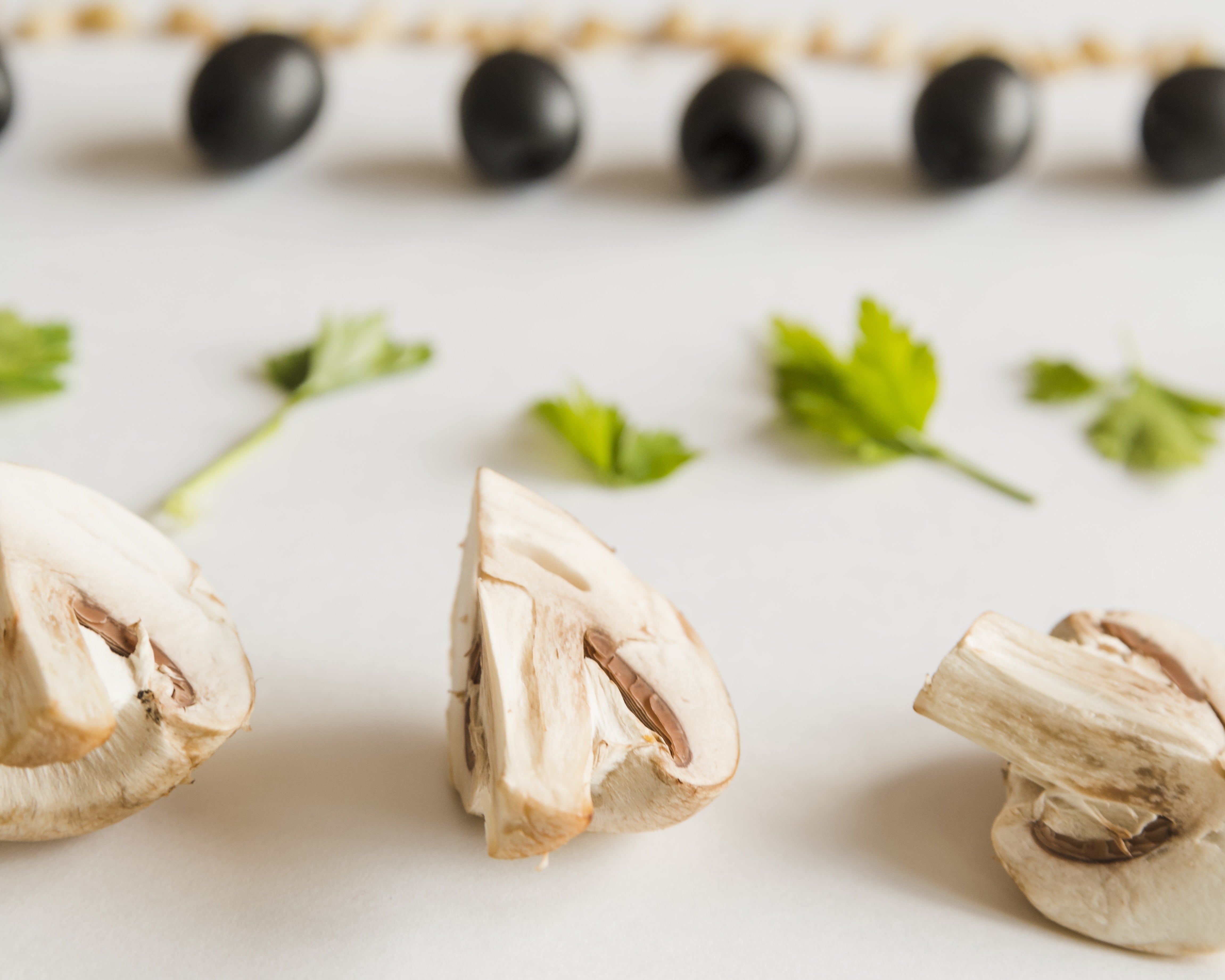
Why Aroma Tells You a Lot
A key trait of high-quality dried mushrooms is their aroma. When you open a sample, the product should have a deep, earthy scent that reflects its variety. Shiitake should carry a savory, slightly smoky aroma; porcini should smell rich and nutty; while wood ear or oyster mushrooms may have a more subtle, woody note. A musty, sour, or faint smell indicates oxidation or moisture exposure—potential signs of microbial contamination or aging.
For manufacturers whose products rely on flavor, a strong and natural aroma is crucial. It signals that the mushrooms were harvested at maturity, dried quickly, and stored correctly. Some food developers may rehydrate a small sample during evaluation to test how much flavor is released in broth, sauces, or processed dishes. A vibrant aroma in dried form usually means good flavor performance during cooking or manufacturing.
Moisture Control Is Key
The moisture content of dried mushrooms is one of the most critical technical criteria for assessing shelf stability. Properly dried mushrooms should contain no more than 12% moisture. This level ensures the product is shelf-stable for up to two years when stored properly and minimizes the risk of mold or microbial growth during transit or storage. Tactile inspection helps assess this. Dried mushrooms should snap cleanly when bent and should not feel soft, sticky, or rubbery. Any sign of pliability suggests that the mushrooms may have reabsorbed ambient moisture, possibly due to poor packaging. This can reduce shelf life and increase spoilage risk—especially in large storage facilities.
Processing Makes a Difference
The method used to Dry Mushrooms has a significant impact on flavor, texture, and food safety. Common methods include air drying, sun drying, and freeze drying. Air drying is the most widely used in commercial production, especially for products destined for cooking or rehydration. If done correctly at controlled temperatures, this method retains most of the flavor while keeping production costs reasonable. Freeze drying, though more expensive, better preserves structure and nutrients and is typically used in premium or ready-to-eat applications.
Equally important is sanitation. High-quality dried mushrooms should be processed in facilities with strict hygiene protocols. Leading suppliers use advanced technologies such as steam sterilization to ensure microbial safety—an essential feature for ready-to-eat or minimally processed food applications. Buyers should always confirm if the mushrooms are washed before drying, whether they're heat-treated or sterilized. These details determine if additional processing is needed on the buyer’s side, affecting cost and workflow.
Smart Packaging for Long-Term Quality
If mushrooms arrive in poorly sealed or damaged packaging, their quality—even if initially high—can deteriorate quickly. Bulk buyers should clarify with suppliers how the product is packaged, how it should be stored, and whether there are any special handling instructions. Clear labeling, lot numbers, and expiration dates are also necessary for traceability and quality assurance.
Certifications and Transparency Matter
When sourcing bulk dried mushrooms for the food industry, working with a reliable supplier is as important as evaluating the product itself. A trustworthy supplier provides not only high-quality products but also documentation and support. Look for producers that hold recognized certifications such as BRC, ISO22000, HALAL, KOSHER, HACCP, and GMP. These demonstrate that the company adheres to international food safety and quality standards, and that their processes are audited regularly.
Moreover, suppliers with their own farms, factories, and R&D centers can typically offer better consistency and traceability. They’re also more responsive to requests for customization, whether you need a specific cut size, moisture level, or packaging format. When establishing a long-term sourcing relationship, consider the supplier’s responsiveness, documentation process, and willingness to provide product samples or lab test results upon request.
Conclusion: Choose with Confidence, Buy with Purpose
Selecting high-quality dried mushrooms is more than just a procurement task—it’s a strategic decision that influences your product’s flavor, safety, shelf life, and consumer appeal. From origin and processing to moisture control and certification, every detail matters when buying in bulk for manufacturing or distribution. Businesses that take the time to evaluate their suppliers carefully can avoid supply chain disruptions, protect their brand integrity, and offer customers a product they can trust.
If your business is looking for a reliable partner in dried mushroom sourcing, consider working with producers that combine sustainable farming, advanced processing, and global certifications. With the right checklist—and the right supplier—you can confidently turn dried mushrooms into a profitable, dependable ingredient in your product line.


